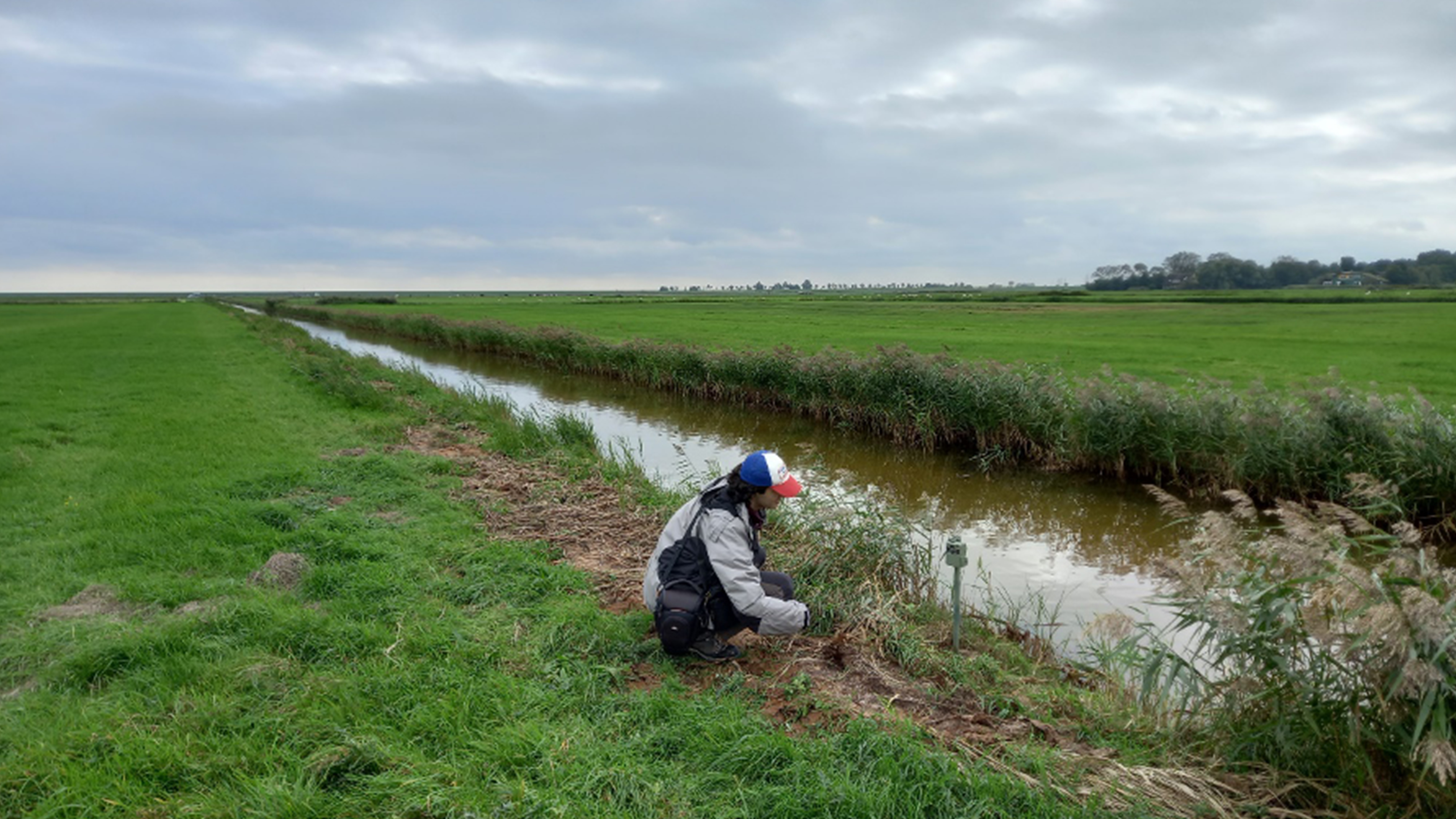Rienk Fokkema*, Hesamaddin Farhadi*, Stijn Basting#, Egbert van der Velde*, Marie Stessens*, Martijn Weterings# & Daan Bos#
*University of Groningen, #Van Hall University of Applied Sciences, Leeuwarden
The Black-tailed godwits are long gone from the Dutch meadows and at their wintering grounds in Iberia & West-Africa, but many of their predators stay year-round. We want to learn more about what mammalian predators such as the red fox, badger, polecat, beech marten, domestic cat and brown rat actually do in these times of the year. Are the areas that they visit different from spring, now that the meadow-breeding birds are not there? Are they active at different times? And how does their space use and activity relate to the abundance of an important alternative prey species: voles? We believe that by better understanding the annual ecology of predator species preying on the Black-tailed godwit we will also gain a better understanding of the whole food-web of which the godwits are part.
The success of the different predator species now in autumn and winter can feed-back to the variety and number of predators meadow-birds have to deal with in spring. To gain a better grip on these processes, at the start of October 2023, we placed out a camera grid of 58 camera traps across our study area at the same entrances to fields where we measured last spring. Predator species like to use these field entrances (Dutch: “dammetjes”) when moving through the meadow-landscape. Everytime something comes by, the movement sensor of the camera is triggered and takes 8 photos. We will leave these patient 24/7 observers in the field until December.
At the end of November, a large student course from Van Hall Larenstein University of Applied Sciences, Leeuwarden will start and in small groups the students will collect the first month of photos by the camera traps. The students will upload these photos to the Agouti photo processing platform (https://www.agouti.eu/) and identify the species on the photos. In this way the students get experience in field ecology and camera trap data processing and we are helped out with gaining a nice dataset on predator presence and ecology in autumn and winter. We hope to inform you on the first results of this endeavour in the upcoming year report of the Godwit Landscapes Project.




